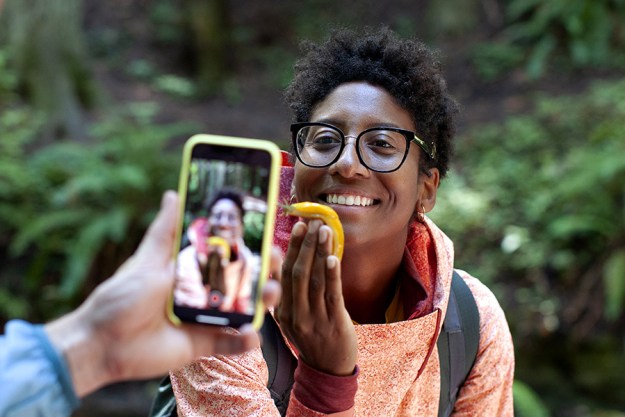
The Office of Management and Budget approved the new visa application that includes social media vetting on May 23. Educational officials and academic groups argued against the new application process during a public comment period, citing the discouragement of students and scientists to pursue study and research in the U.S.
Reuters reported that “consular officials can request all prior passport numbers, five years’ worth of social media handles, email addresses and phone numbers and 15 years of biographical information including addresses, employment and travel history.”
Officials are going to request this additional information when they determine “that such information is required to confirm identity or conduct more rigorous national security vetting,” a State Department official said.
Tech Crunch cited an earlier Reuters report that quoted Jay Garison, a Seattle-based immigration attorney who opposed the new visa application requirements.
“What this language effectively does is give the consular posts permission to step away from the focused factors they have spent years developing and revising, and instead broaden the search to large groups based on gross factors such as nationality and religion,” Garison said.
Social media vetting for visa applicants is part of the President Trump’s March 6 Memorandum to heighten the screening process for those seeking American visas.
“Sec. 2. Enhanced Vetting Protocols and Procedures for Visas and Other Immigration Benefits. The Secretary of State and the Secretary of Homeland Security, in consultation with the Attorney General, shall, as permitted by law, implement protocols and procedures as soon as practicable that in their judgment will enhance the screening and vetting of applications for visas and all other immigration benefits, so as to increase the safety and security of the American people. These additional protocols and procedures should focus on:
(a) preventing the entry into the United States of foreign nationals who may aid, support, or commit violent, criminal, or terrorist acts; and
(b) ensuring the proper collection of all information necessary to rigorously evaluate all grounds of inadmissibility or deportability, or grounds for the denial of other immigration benefits.”
See the new U.S. visa application here.
Editors' Recommendations
- What is Section 230? Inside the legislation protecting social media
- Trump signs executive order targeting social media companies
- The U.S. will now check social media accounts before approving visas

